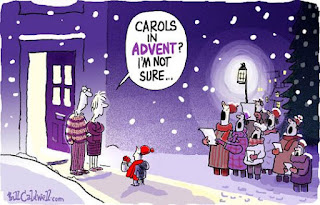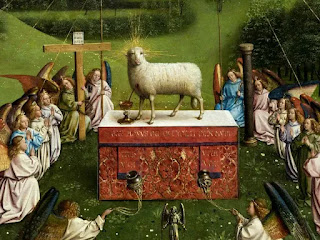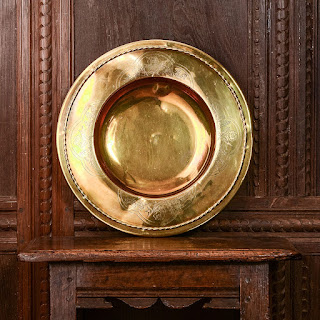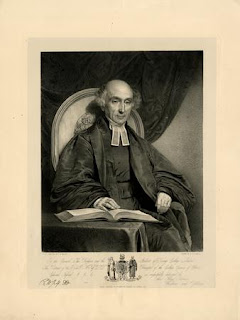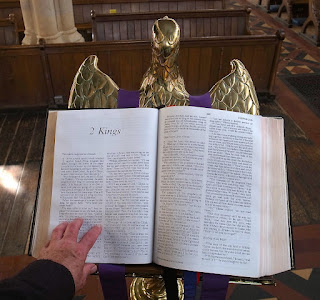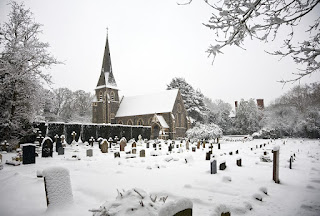How silently, how silently the wondrous gift is given

As we prepare to receive the holy Sacrament at Christmas, words from a John Henry Hobart sermon (from a collection published in 1824) for Christmas Day. This short extract may seem quite unremarkable but it is this which has drawn me to it. The Church calls us, on this day, sacred to the commemoration of his nativity, to display our penitence, our gratitude, and our love, in that holy supper which he hath instituted, to set forth all that he hath done for us, and to assure us of the blessings which he hath purchased for us, and in which we offer to him, who hath visited and redeemed us, ourselves, our souls, and bodies, a holy sacrifice. Its very modesty and reserve aptly captures something important to Anglican piety. Here there is no Enthusiasm, no dramatic asceticism, no urgent revivalism. But, rather, the quiet, prayerful reception of the holy Sacrament on the feast of the Lord's Nativity. How silently, how silently the wondrous gift is given. The extract is a succession...

